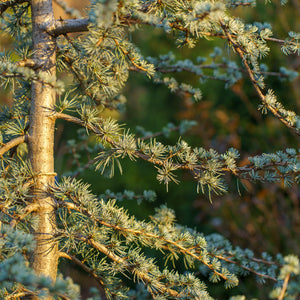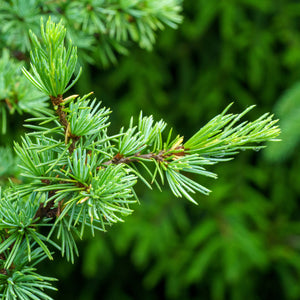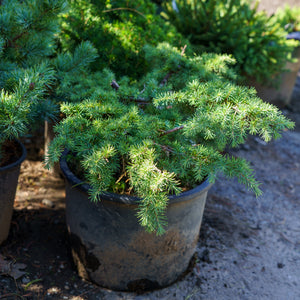The Cedar Guide
Cedars are a popular choice for homeowners and landscapers alike, offering a unique and distinctive look to any outdoor space. Known for their aromatic foliage, impressive height, and stunning natural beauty, cedars are a versatile and resilient species that can thrive in a variety of climates and growing conditions. Whether you're looking to create a windbreak, provide natural shade, or simply add a touch of natural beauty to your landscape, cedars are an excellent choice that can provide years of enjoyment and beauty.
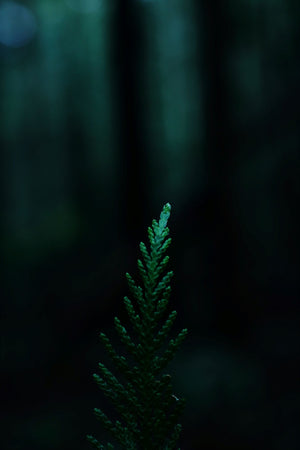
About
Cedar belongs to the genus Cedrus, which includes four different species of evergreens that are native to the mountains of the Mediterranean region and western Himalayas. They're prized for their majestic beauty, durability, and aromatic wood. The most common species are the Atlas cedar, Deodar cedar, Cedar of Lebanon, and Cyprus cedar.
Cedars have a distinctive appearance with thick, scaly bark that ranges from brown to grayish-brown in color. They have long, needle-like leaves that grow in clusters, and they produce cones that vary in shape and size depending on the species. The cones are typically large and woody, and contain seeds that are a valuable food source for wildlife.
Cedars are adaptable to a range of soil types and growing conditions, although they prefer well-drained soil and full sun exposure. They are known for their resilience and can withstand harsh environmental conditions such as extreme temperatures, drought, and wind. Cedars are relatively low-maintenance, but they may require pruning to remove dead or damaged branches and promote healthy growth.
Cedars have been valued for centuries for their durable and fragrant wood, which has been used for a variety of purposes such as building homes, furniture, and boats. Cedar oil, obtained from the tree's needles and bark, is also used in perfumes, soaps, and other cosmetics.
In the landscape, cedars are often used as specimen trees or to create a privacy screen or windbreak. Their strong vertical presence and evergreen foliage make them a popular choice for formal gardens and landscapes. With proper care and maintenance, cedar trees can provide years of enjoyment and add timeless beauty to any outdoor space.
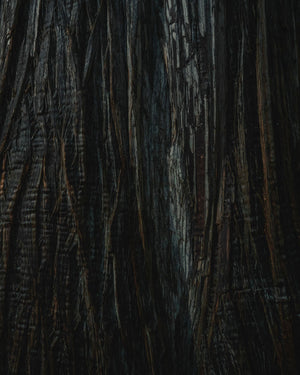
Planting
Cedars come with specific planting and care requirements to ensure their successful establishment and growth. Here are some general guidelines for planting and caring for cedars:
Soil: Cedars thrive in well-draining soil that's typically slightly acidic. They are adaptable and can grow in various soil types, but it's essential to ensure good drainage. If your soil lacks proper drainage, consider amending it with organic matter to enhance both drainage and fertility.
Sunlight: Cedars generally prefer full sun, but they can tolerate partial shade. When choosing a planting location, aim for a spot that receives at least six hours of direct sunlight daily. However, in regions with intense heat and sun, they can also tolerate some shade.
Watering: Adequate and consistent watering is crucial for cedars during their early growth stages. After planting, provide a deep watering, and continue with regular irrigation, particularly during the first year. Water deeply and thoroughly once or twice a week, adjusting based on local rainfall and soil moisture levels. It's important to avoid overwatering, as excess moisture can lead to root rot and other issues.
Mulching: Applying a layer of organic mulch around the base of your cedar is beneficial. This helps conserve moisture, suppress weed growth, and regulate soil temperature. Suitable mulch materials include wood chips, bark, or compost. Keep the mulch a few inches away from the tree trunk to prevent excess moisture accumulation and potential issues.
Pruning: Cedars generally require minimal pruning. Focus on removing any dead or diseased branches to maintain a strong and healthy tree structure. Pruning should be done during late winter or early spring while the tree is dormant, ideally before new growth begins.
By following these fundamental planting and care instructions, you can ensure that your cedars establish themselves successfully, ensuring their healthy growth and the enhancement of your landscape for years to come.
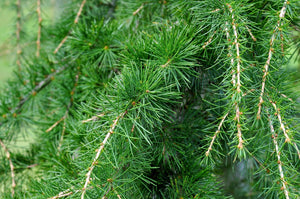
Care
Cedars, like many other tree species, come with specific care requirements to ensure their optimal growth and health. Here are some general guidelines for caring for cedars:
Watering: Cedars require consistent watering, especially during the initial stages of growth. Aim to provide adequate moisture, adjusting your watering schedule based on local rainfall and weather conditions. It's important to water deeply to encourage deep root development. Be cautious of shallow watering, which can lead to surface root growth and make the tree more vulnerable to stress in dry periods or high temperatures. During droughts or hot spells, you may need to increase your watering frequency to maintain soil moisture at an optimal level.
Pruning: Pruning cedars is essential for maintaining their overall health and structure. While cedars typically require minimal pruning, it's advisable to remove any dead, damaged, or diseased branches. Pruning can also help shape the tree to your desired form. The best time for pruning is during late winter or early spring when the tree is dormant. Ensure that you use clean and sharp pruning tools to reduce the risk of harming the tree.
Fertilizing: Proper fertilization is vital for the healthy growth of cedars. Applying a balanced, slow-release fertilizer in the spring or early summer is generally recommended. Follow the manufacturer's instructions for the correct application rates and timing. It's essential to avoid over-fertilizing, as this can be detrimental to the tree's roots. When in doubt, it's safer to use a bit less fertilizer rather than excess.
Soil and Sunlight: Cedars prefer well-draining soil, typically slightly acidic, but they are adaptable and can grow in various soil types. Ensure your soil provides good drainage to prevent issues like waterlogged roots. Cedars also thrive in full sun, although they can tolerate some shade, especially in regions with intense sunlight or heat. When selecting a planting location, aim for a spot that receives a minimum of six hours of direct sunlight each day.
Pests and Diseases: While cedars are generally hardy, it's important to keep an eye out for common issues such as cedar apple rust, bagworms, and spider mites. If you notice signs of pests or diseases, it's essential to take prompt action and apply suitable treatments to protect the tree's health and vitality.
By following these fundamental care guidelines, your cedar trees will thrive, enhancing the beauty of your landscape for years to come.
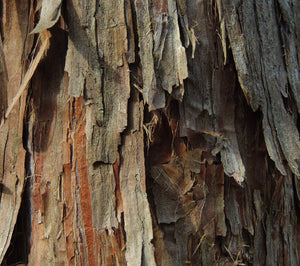
How To Use
Cedars have a variety of uses in the landscape due to their unique characteristics. Here are some recommendations for using cedar trees in your outdoor space:
Specimen Tree: Cedar trees are prized for their majestic beauty and can make an excellent focal point in the landscape. Plant a single tree to showcase its vertical presence and evergreen foliage.
Privacy Screen: Cedar trees can be planted in a row to create a natural privacy screen or windbreak. Their dense foliage and durability make them an excellent choice for this purpose.
Wildlife Habitat: Cedar trees produce cones that contain seeds that are a valuable food source for wildlife. Plant them to attract birds and other animals to your garden.
Windbreak: Cedar trees are known for their resilience and can withstand harsh environmental conditions such as extreme temperatures and wind. Use them to protect your garden or home from strong winds.
In addition, cedar wood is valued for its durability and fragrant aroma. It has been used for a variety of purposes such as building homes, furniture, and boats. Cedar oil, obtained from the tree's needles and bark, is also used in perfumes, soaps, and other cosmetics.
When selecting cedar trees for your landscape, choose a species that is suitable for your growing conditions and space. Cedar trees prefer well-drained soil and full sun exposure, but they are adaptable to a range of soil types and growing conditions. With proper care and maintenance, cedar trees can add timeless beauty and function to any outdoor space.
Conclusion
Cedar trees are a magnificent addition to any landscape, offering beauty, resilience, and versatility. Whether used as a specimen tree or as a natural privacy screen, cedar trees can provide years of enjoyment and add timeless beauty to any outdoor space. By planting cedar trees in well-drained soil with full sun exposure and providing proper care and maintenance, you can enjoy their majestic beauty for years to come. With their fragrant wood and adaptability to a range of soil types and growing conditions, cedar trees are a popular choice for formal gardens and landscapes. Whether planted in urban or rural settings, cedar trees can enhance the beauty of any outdoor space and provide a natural habitat for wildlife. By following the guidelines outlined above, you can create a breathtaking landscape that will bring you joy for many years to come.


